It's a New Day in Public Health.
The Florida Department of Health works to protect, promote, and improve the health of all people in Florida through integrated state, county, and community efforts.
Ticks in Florida
Tick Life Cycle
General tick life cycle (may vary depending on tick species)

Most people are infected by nymphal stages during the spring and summer. Nymphs are often small enough to escape notice and so can stay attached longer than adults, increasing risk of disease transmission.
- Blacklegged Tick
- Lone Star Tick
- American Dog Tick
- Gulf Coast Tick
- Bont Tick *Not from florida, may be brought in from the Caribbean*
- Argasid Tick ("Soft Tick")
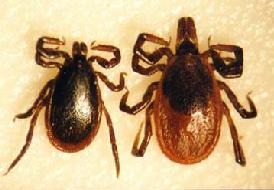
Species Name
Ixodes scapularis
Seasonal Abundance
April-August: Larvae and Nymphs
September-May: Adults
Primary Hosts
Larvae and Nymphs: Reptiles (skinks and snakes), birds, and some rodents
Adults: Larger animals including cattle and humans
Associated Diseases
Lyme Disease, Babesiosis
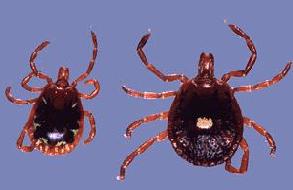
Species Name
Amblyomma americanum
Seasonal Abundance
Larvae: June-November
Nymphs: February-October
Adults: April-August (peak in July)
Primary Hosts
Larvae and Nymphs: Small mammals and birds, do not feed on rodents
Adults: Deer, cattle, and humans
Associated Diseases
Ehrlichiosis/Anaplasmosis, STARI
More Information
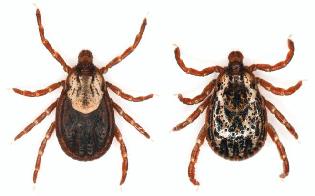
Species Name
Dermacentor variabilis
Seasonal Abundance
Larvae: July-February
Nymphs: January-March
Adults: March-September
Primary Hosts
Larvae and Nymphs: Almost exclusively small rodents, particularly mice and cotton rats
Adults: Large variety of mammals and humans
Associated Diseases
Rocky Mountain Spotted Fever
More Information
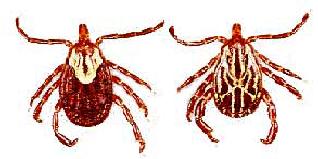
Species Name
Amblyomma maculatum
Seasonal Abundance
Nymphs: February-August
Adults: March-November
Primary Hosts
Larvae and Nymphs: Small rodents and ground dwelling birds
Adults: Large variety of mammals and humans (primarily ears of large mammals)
Associated Diseases
Rickettsia parkeri
More Information
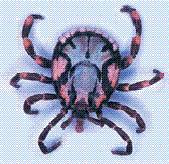
Species Name
Amblyomma variegatum
Seasonal Abundance
*Not currently in Florida, could be introduced from the Caribbean*
Associated Diseases
African tick-bite fever, Heartwater in ruminants, and Dermatophilosis (skin infection)
More Information
Bont Tick Information – University of Florida IFAS Extension
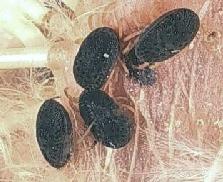
Family
Argasidae
Life Cycle
Adult females can feed and lay eggs several times during their lifetime. Soft tick species may also undergo more than one nymphal molt before reaching the adult stage.
Habitat
Animal shelters or burrows, caves, poor-quality human dwellings
Associated Diseases
Ehrlichiosis/Anaplasmosis, STARI



Connect with DOH